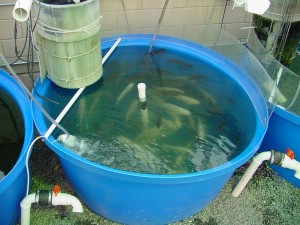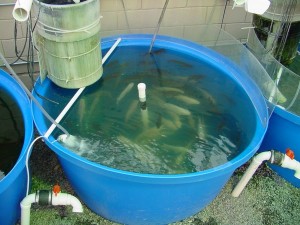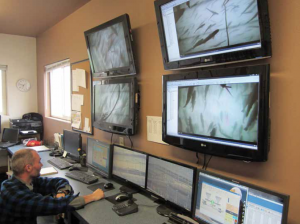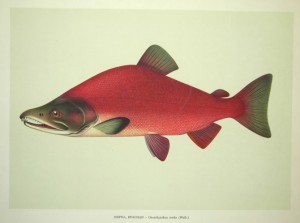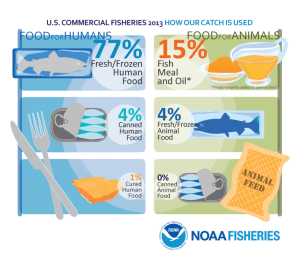


Más pescado, menos pescado: percepción de la sustentabilidad y contribución a la salud pública
RESUMEN: El presente artículo es una contribución al debate actual sobre la sustentabilidad y el aceite de pescado utilizado para elaborar dietas en acuacultura. Se


